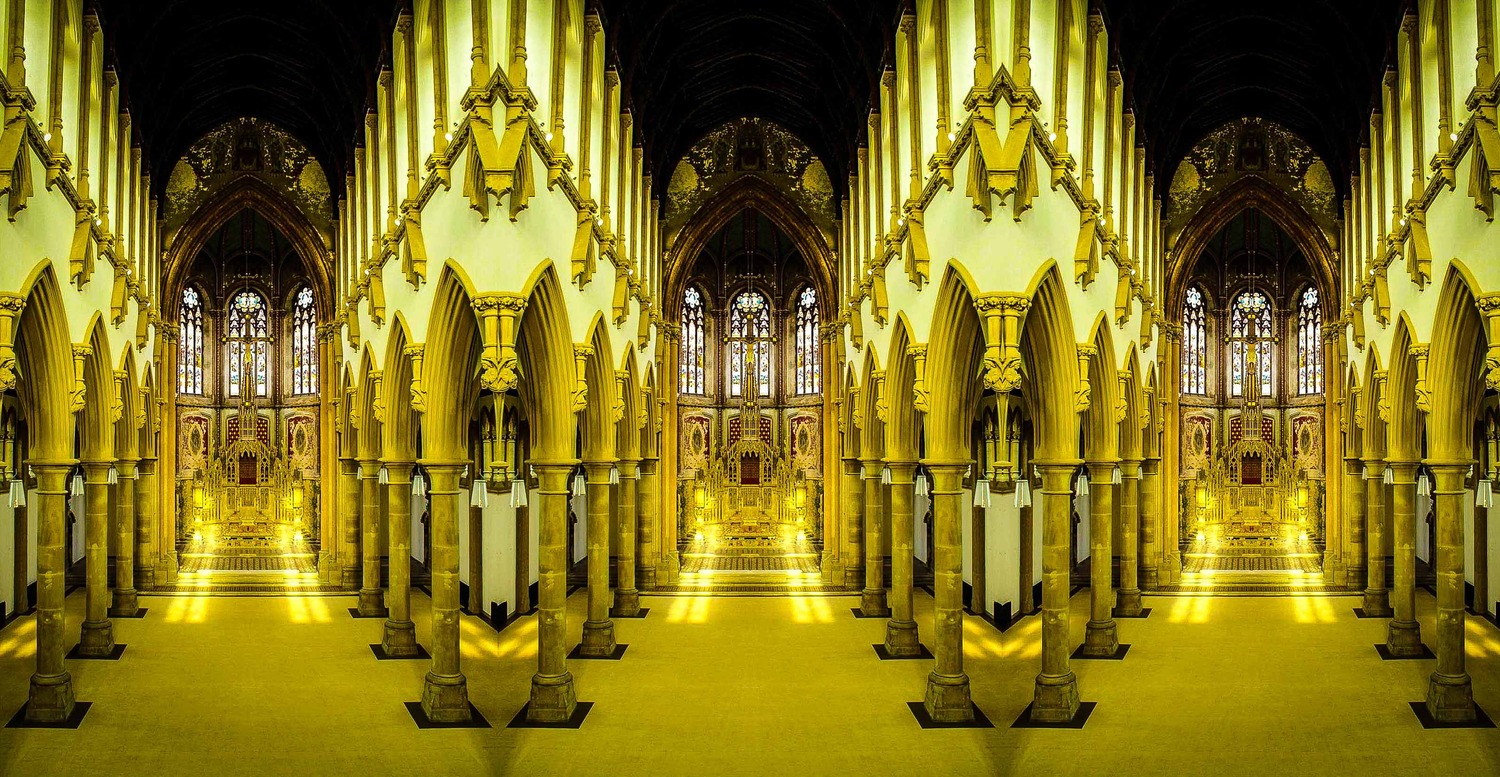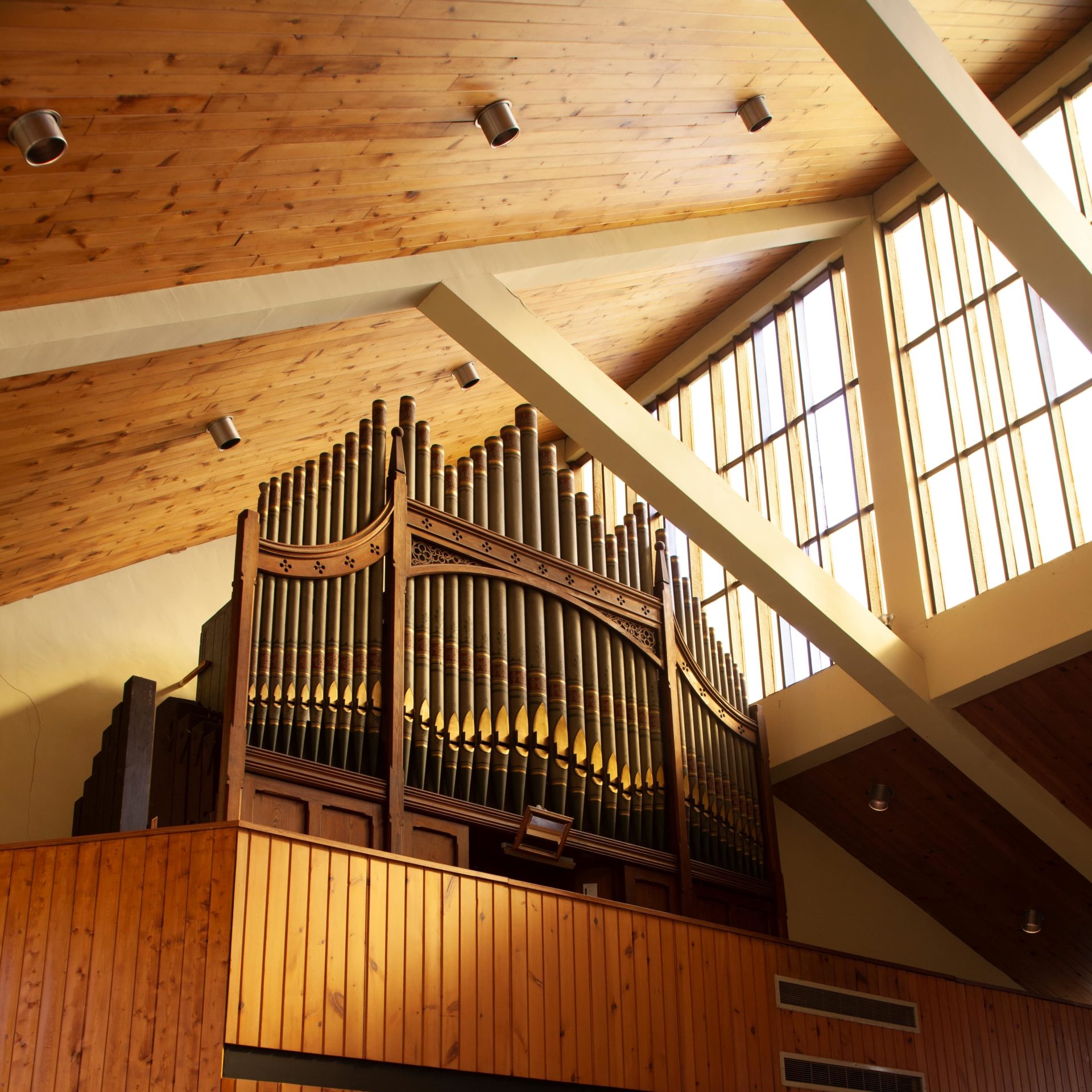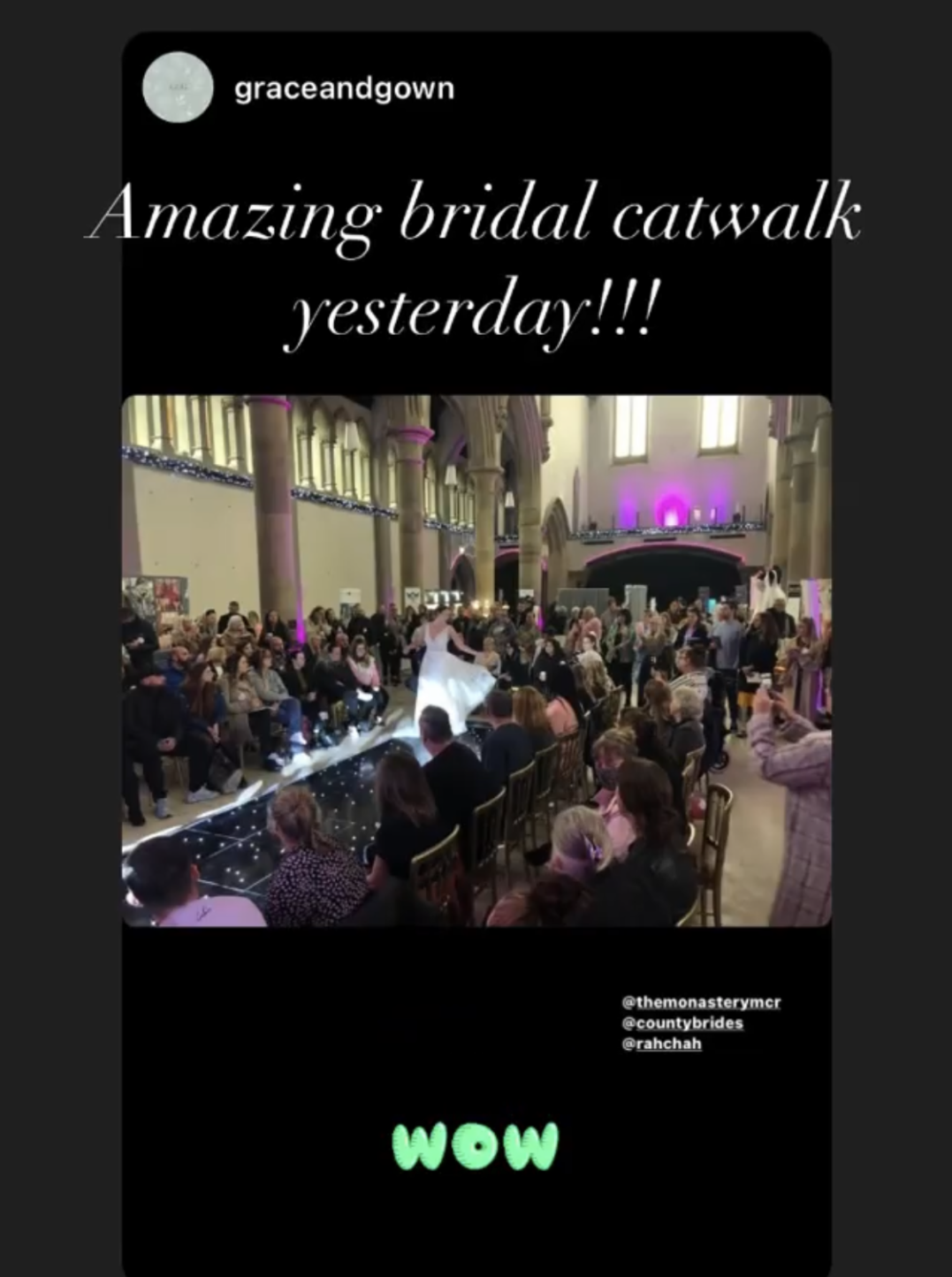Monastery Launches Green Spaces Project After Successful Funding Bid
The Monastery is delighted to announce a successful funding bid in the fifth round of the Mayor of Greater Manchester’s Green Spaces Fund. This bold re-greening project will bring the community together and encourage local residents to get involved in nature recovery, from volunteering opportunities and building green skills, to learning how to grow our own food and look after green space.
Sustainable green spaces
The Re-Greening Gorton Monastery project aims to transform the exterior grounds of Gorton Monastery into vibrant, sustainable, green spaces. This includes constructing a willow wall, installing planters, establishing a composting system, creating a memory garden, introducing beehives and bird tables, and establishing a community kitchen garden.
The healing power of nature
The project will enhance biodiversity, promote community engagement, and provide accessible green spaces in one of the top 10% deprived areas of Manchester and an area with the greatest need of quality green space. The project will empower our Gorton communities to get involved with nature, reducing loneliness and isolation, and improving mental and physical health.
Mayor of Greater Manchester, Andy Burnham, said:
“It has become increasingly apparent over recent years that green spaces where nature can flourish are vital – not just for our local wildlife but our residents’ health, physical and mental. We’re currently developing our first Greater Manchester plan for nature, which will be the foundation for nature recovery across the city-region. It’s great to see these incredible community groups who care so much about their areas flourish with the help of the Green Spaces Fund.”
Daveen Wallis, Co-Founder of the Greater Manchester Environment Fund, said:
“Everyone has a role to play in nature recovery, so it’s great that we have been able to back such a vibrant mix of local groups across Greater Manchester. They really demonstrate the benefits that green spaces can have to the health and happiness of our communities, bringing together people from all walks of life in celebration of nature.”
Creating a green space for the whole community to enjoy has been at the top of the Monastery Trust‘s wish-list for a long time, and we’re incredibly grateful to the Green Spaces Fund for providing the critical funding for us to make it happen.
Viv Andrews, Monastery Social Impact and Fund Manager said:
“We are delighted to have the support of the Mayor of Manchester’s Green Spaces Fund for our Re-Greening the Monastery Project. The funding will enable us to bring the outdoor areas of our much-loved heritage building to a standard that complements the interior in an environmentally sustainable way, that will provide fabulous opportunities for involvement for the local community, as well as creating a beautiful space for everyone to enjoy.”
Watch this space for news and volunteering opportunities related to this project. If you’d like more information on current volunteering opportunities at the Monastery, please contact [email protected]
Our project is proud to be funded by the Greater Manchester Green Spaces Fund, accessed through the Greater Manchester Environment Fund.


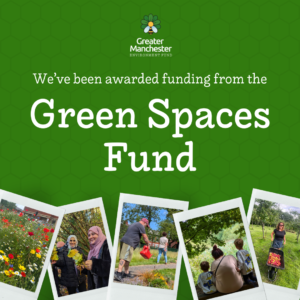

 Elaine Griffiths OBE DL is the co-founder and Chief Executive of the
Elaine Griffiths OBE DL is the co-founder and Chief Executive of the  Rosemary is an Integrative Health and Nutrition Coach who has also practiced as a GP in Manchester.
Rosemary is an Integrative Health and Nutrition Coach who has also practiced as a GP in Manchester.
 Richard is an Integrative Health Practitioner with over 30 years experience working in the Health and Wellness industry.
Richard is an Integrative Health Practitioner with over 30 years experience working in the Health and Wellness industry.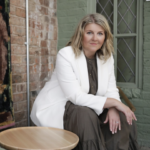 Allison’s first hand experience as a recipient of the listening service is what led to her becoming co-director of
Allison’s first hand experience as a recipient of the listening service is what led to her becoming co-director of  Dawn has worked in the equine, sports and
Dawn has worked in the equine, sports and  Christian is an Integrative Health Practitioner with over 24 years experience and specialising in Myofascial Release and Internal Family Systems, with a firm belief in the Mind-Body connection.
Christian is an Integrative Health Practitioner with over 24 years experience and specialising in Myofascial Release and Internal Family Systems, with a firm belief in the Mind-Body connection. Stephen Allen is based at the Monastery as one of our resident bio-resonance experts and offers free health talks plus affordable testing, diagnostics and one to one sessions on a regular basis.
Stephen Allen is based at the Monastery as one of our resident bio-resonance experts and offers free health talks plus affordable testing, diagnostics and one to one sessions on a regular basis.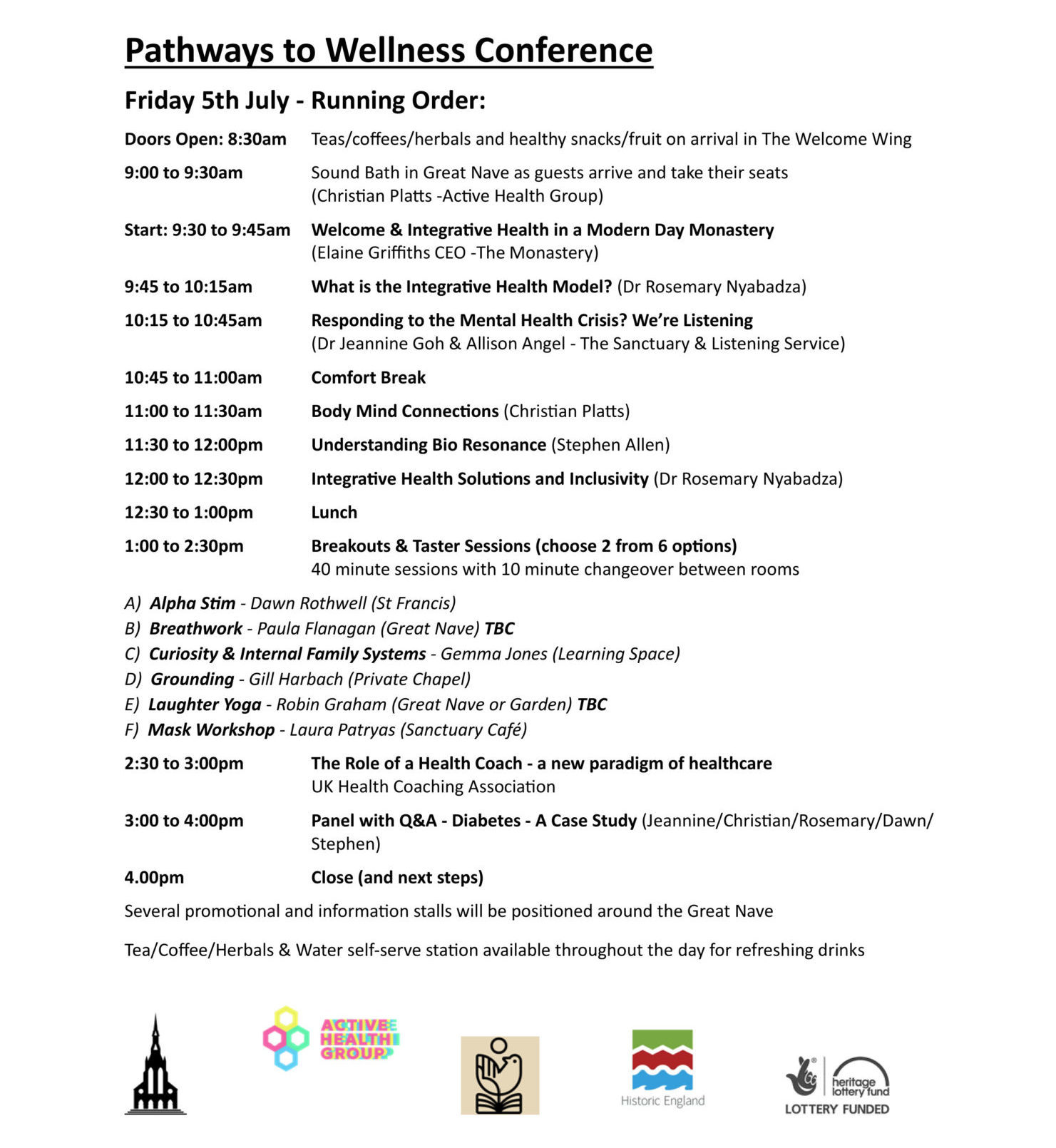



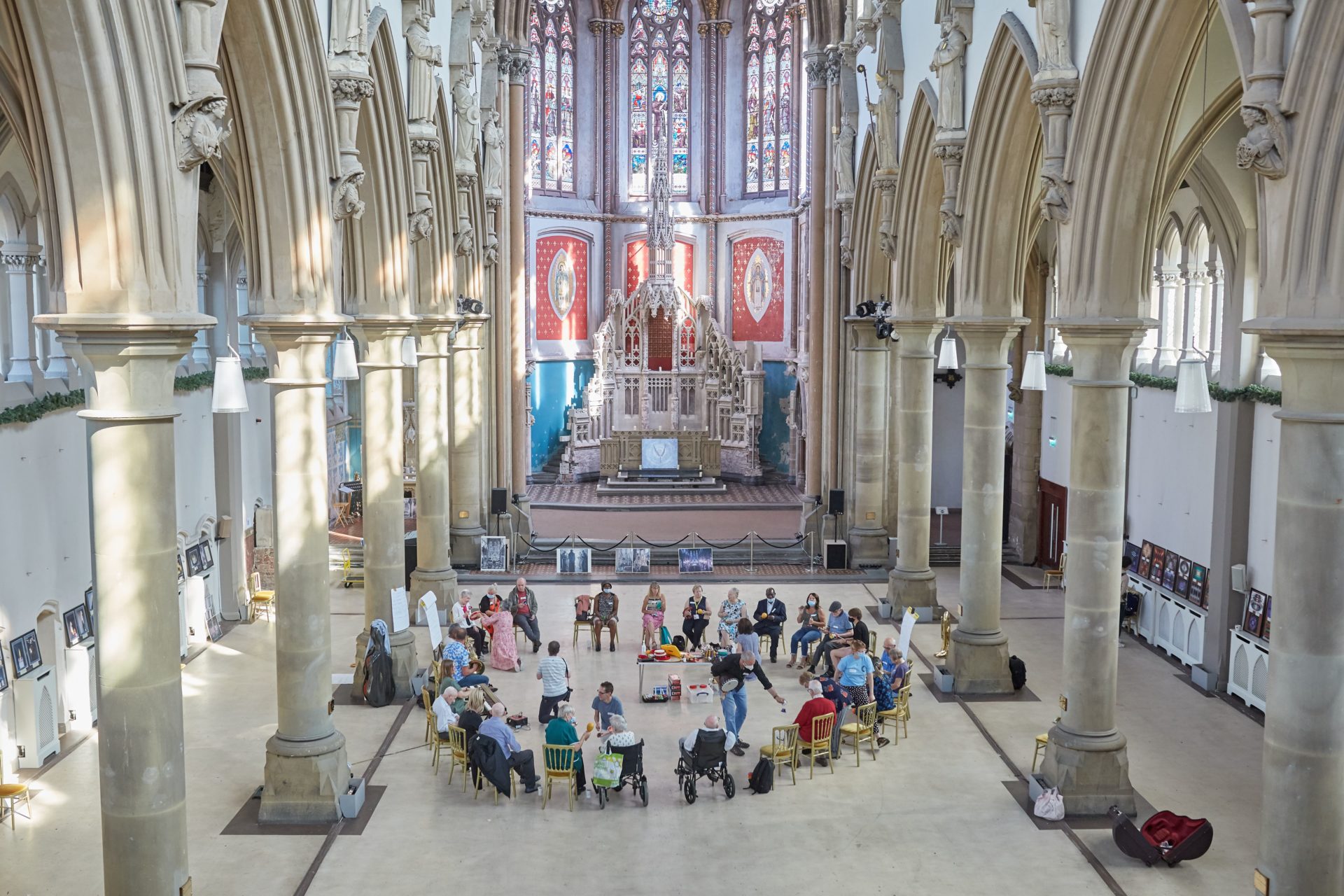

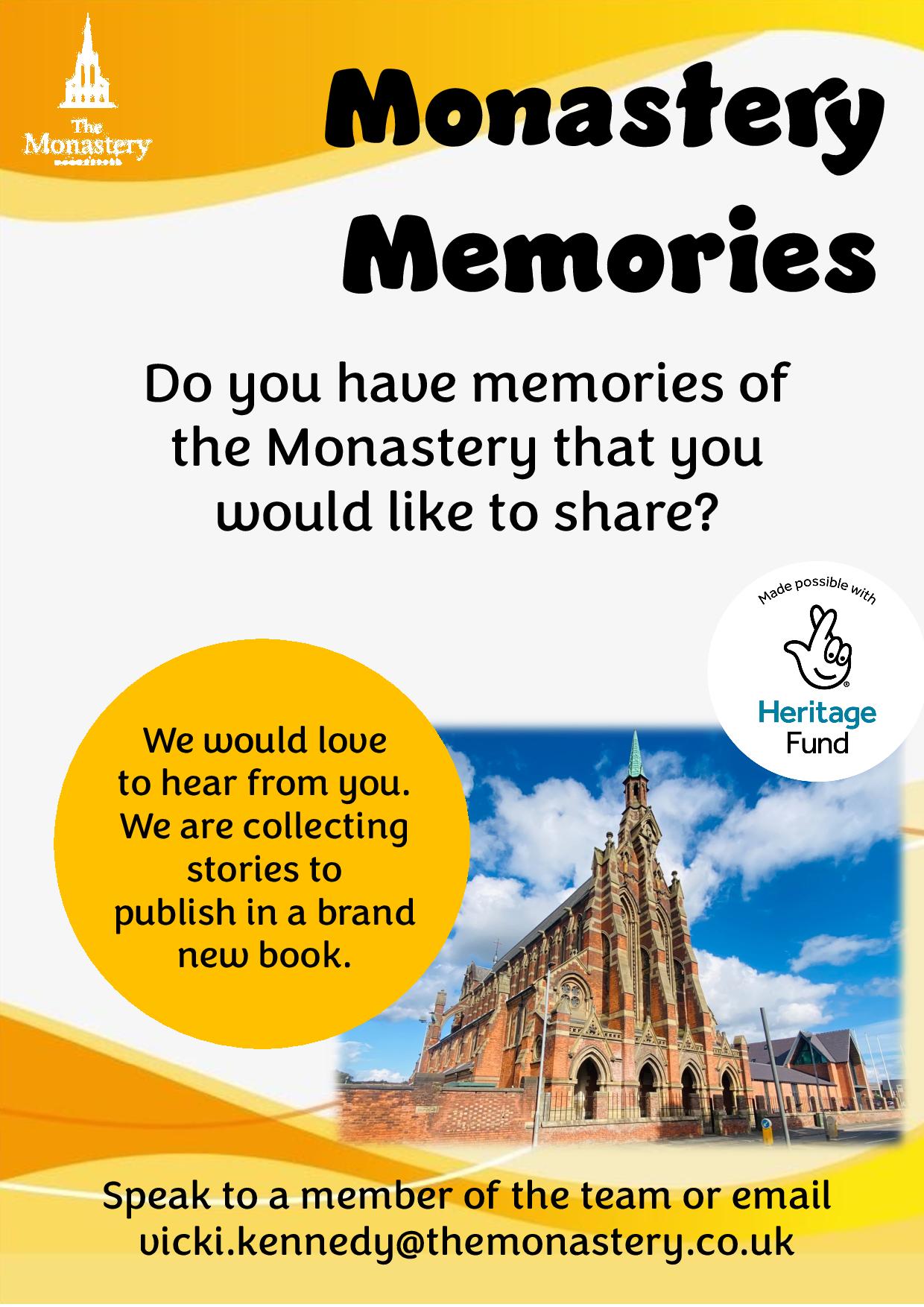
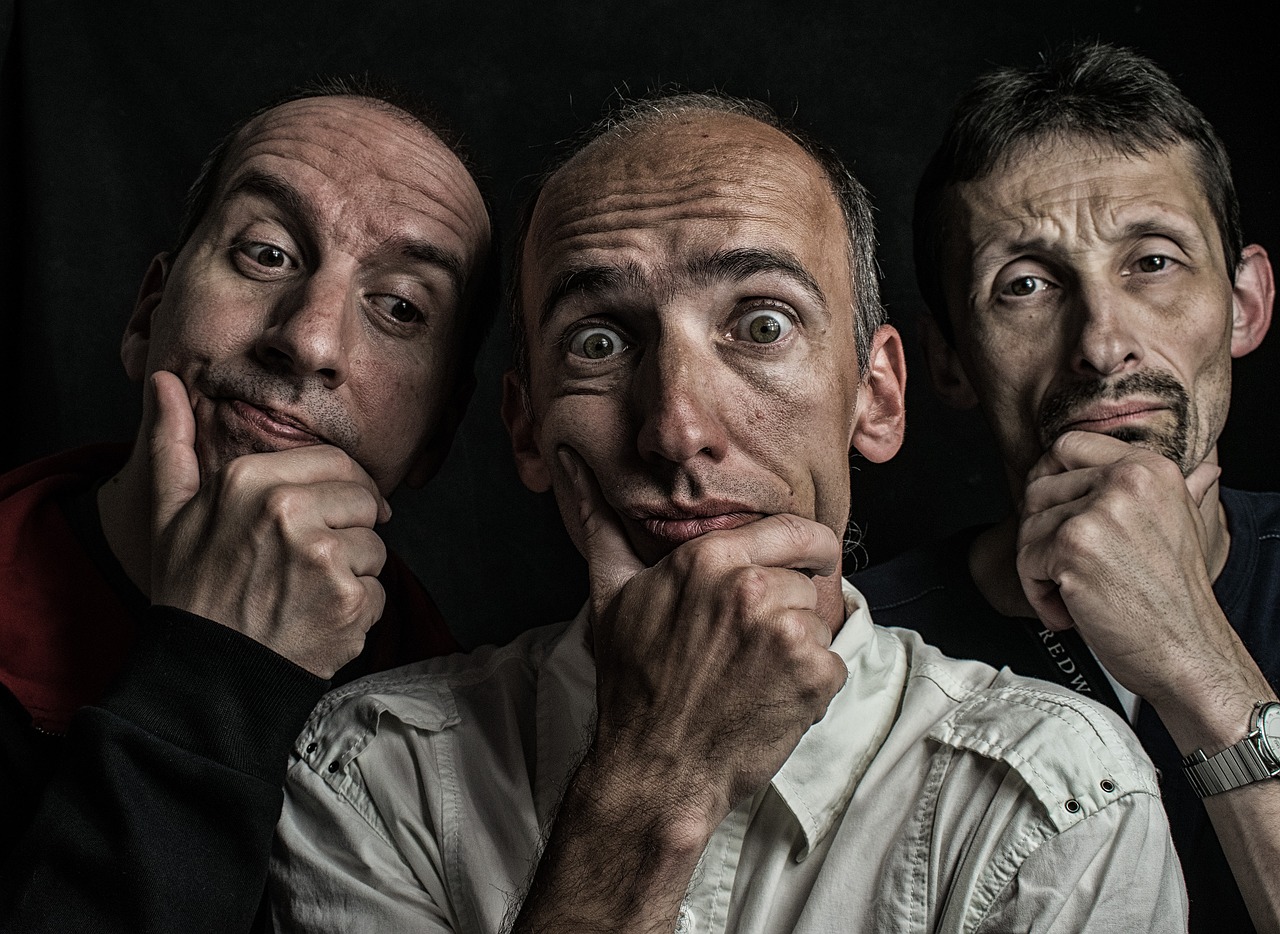



 Allison Angel, far right, with our latest, wonderful team of volunteer Listeners
Allison Angel, far right, with our latest, wonderful team of volunteer Listeners


